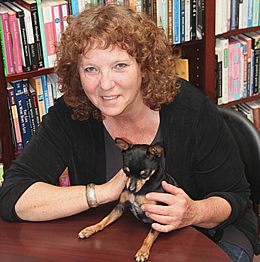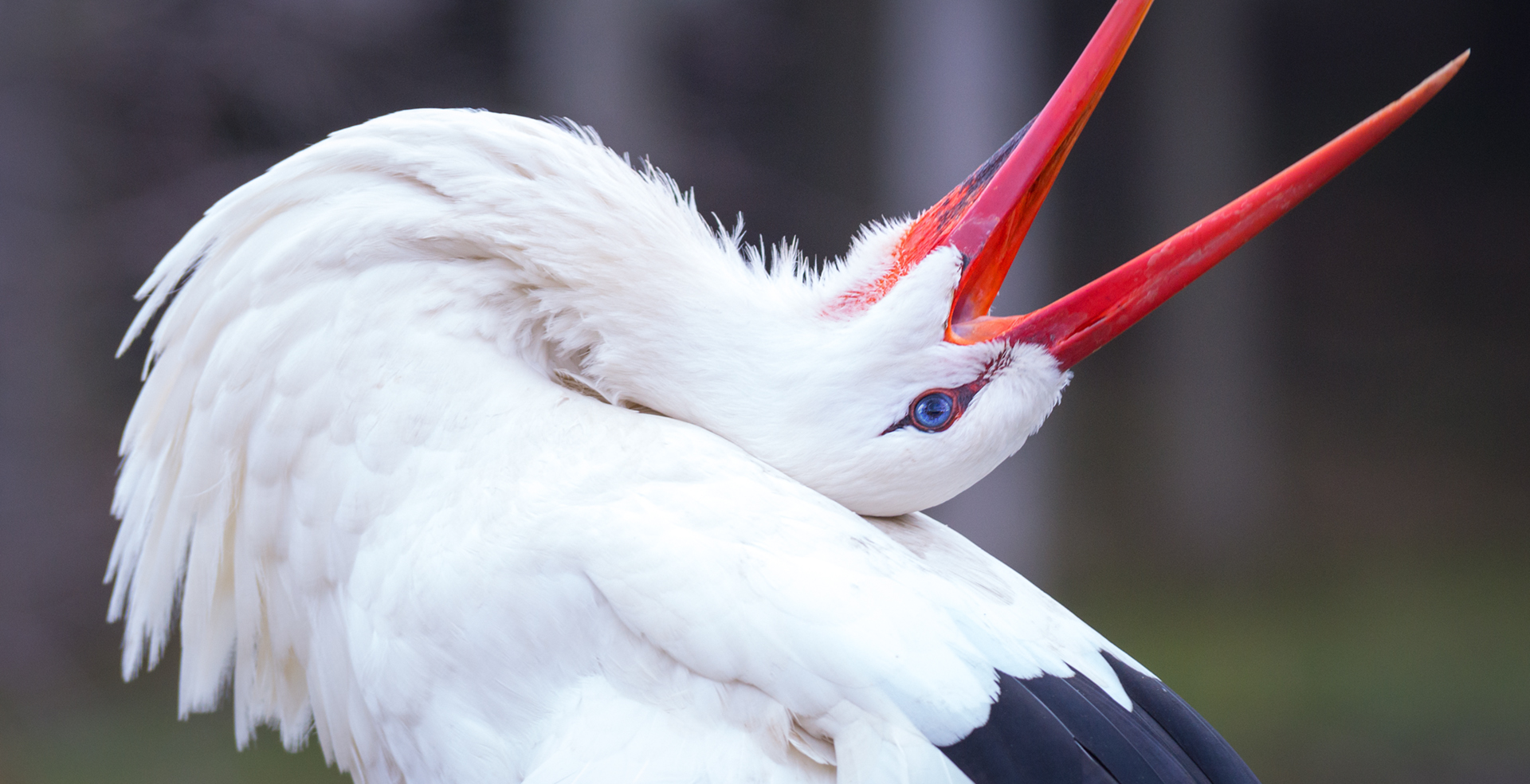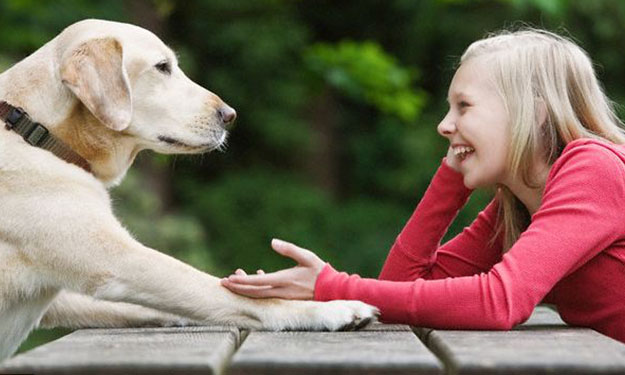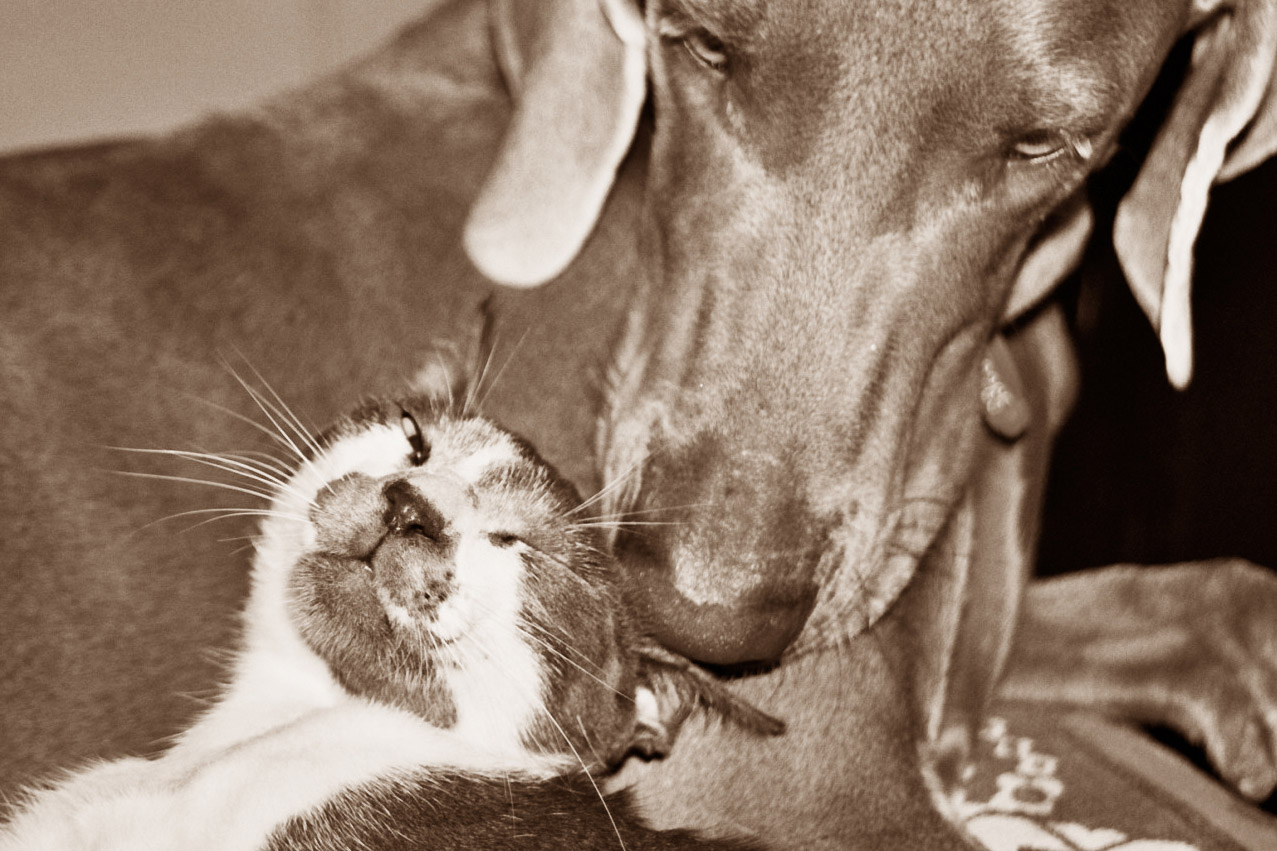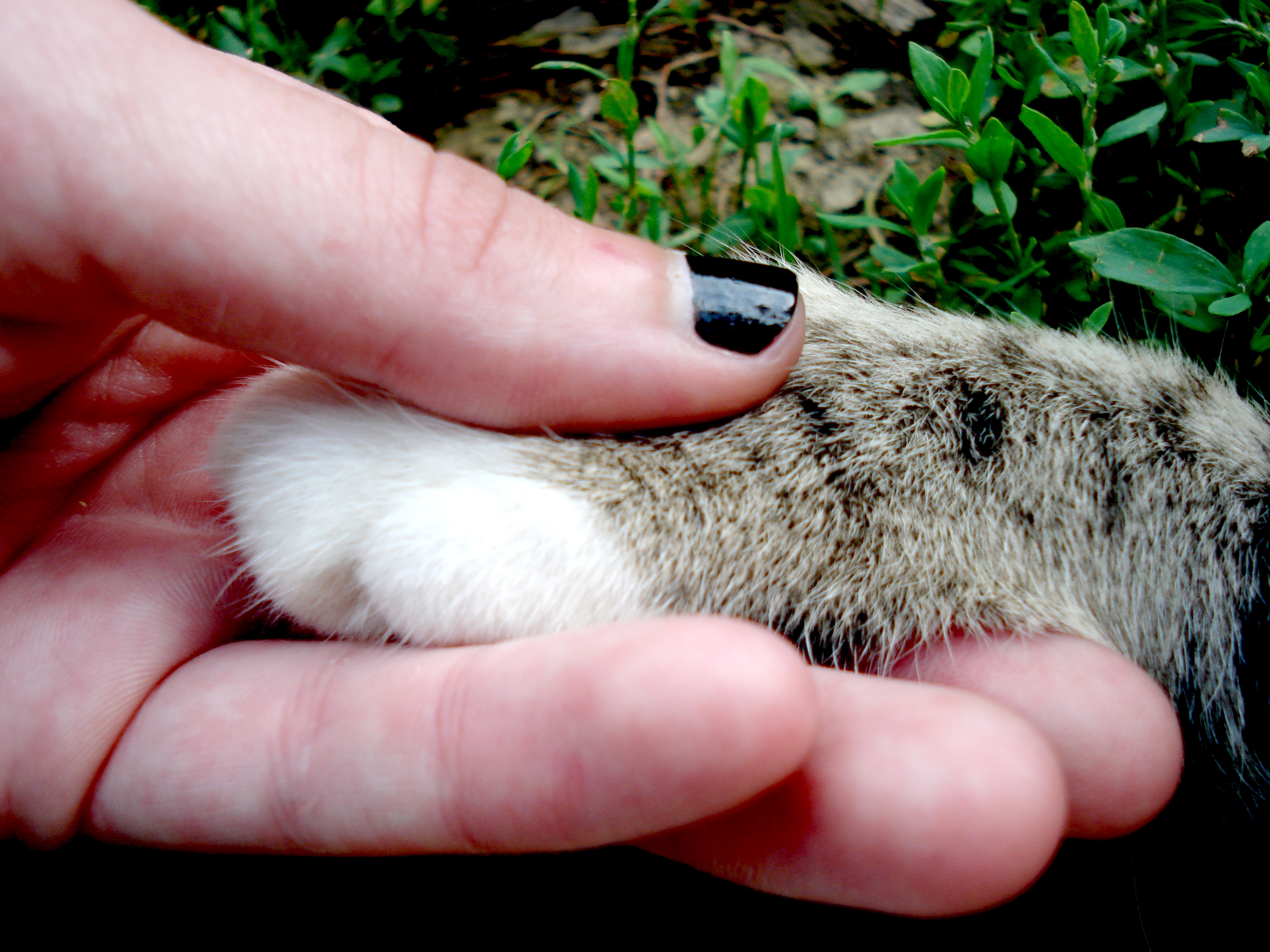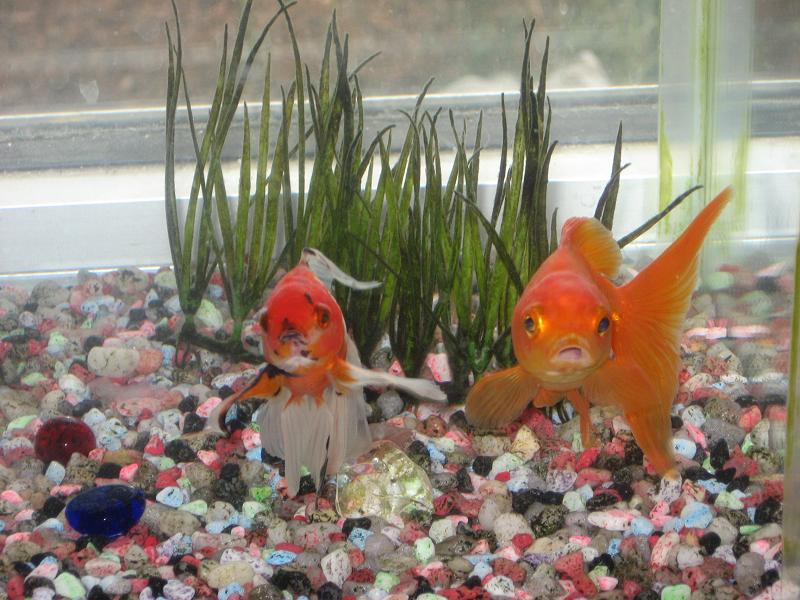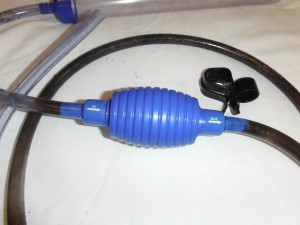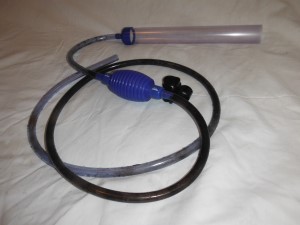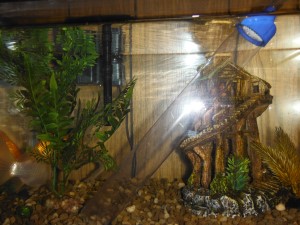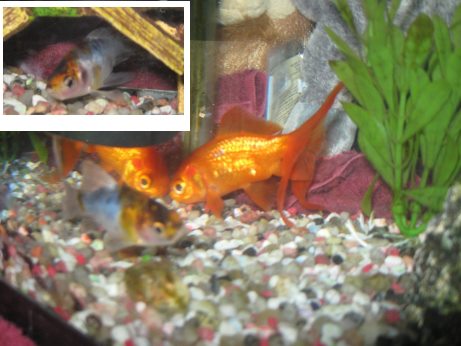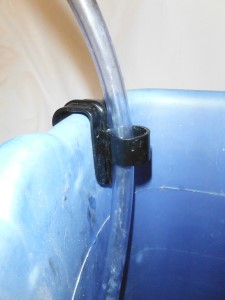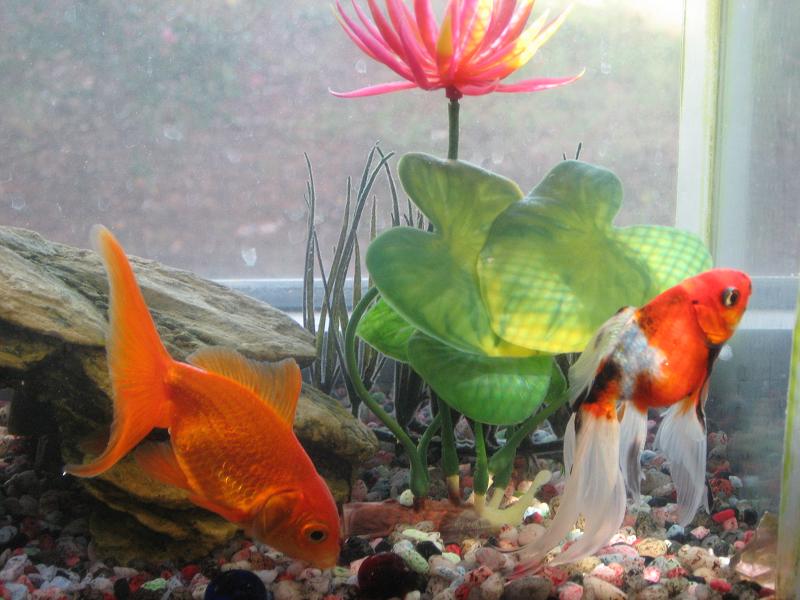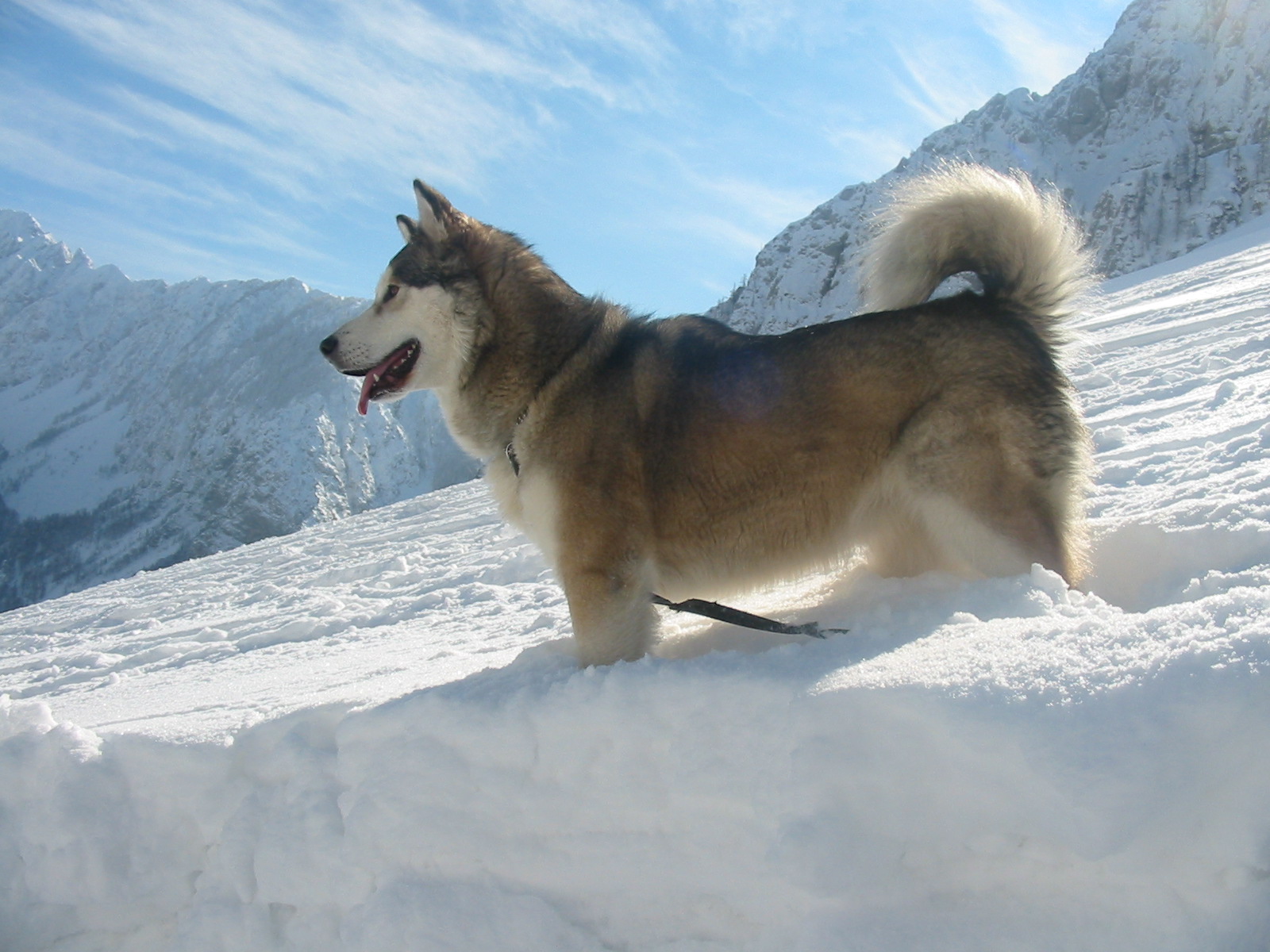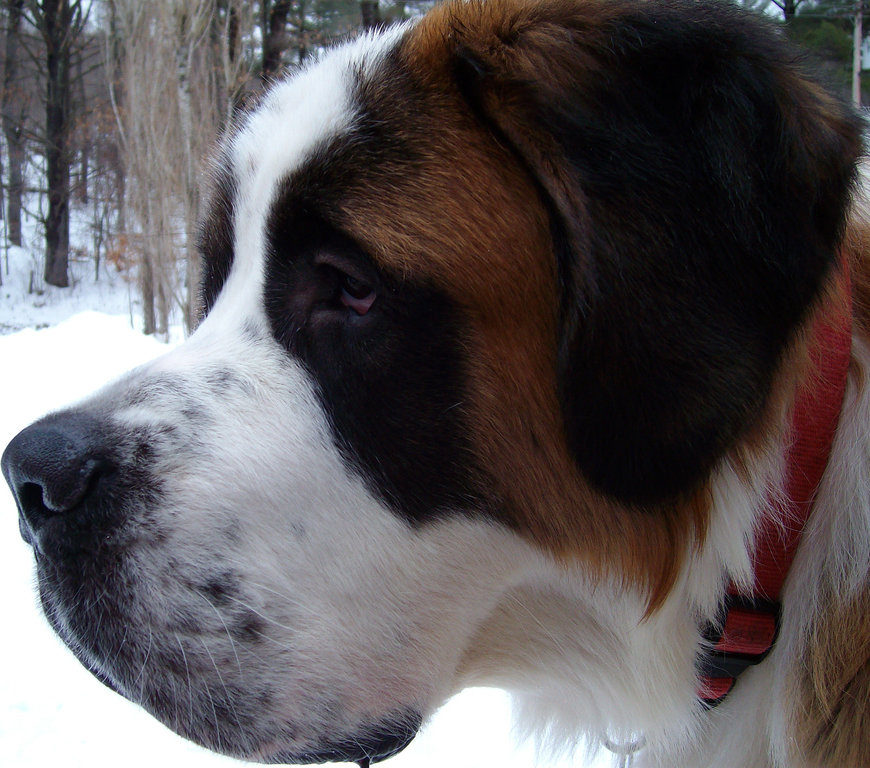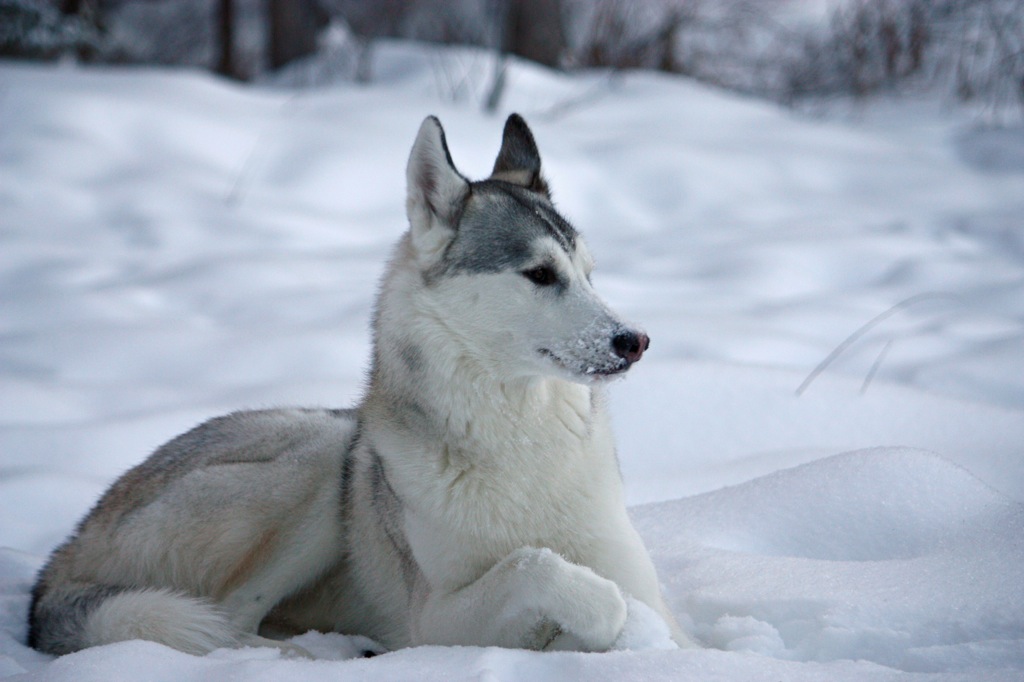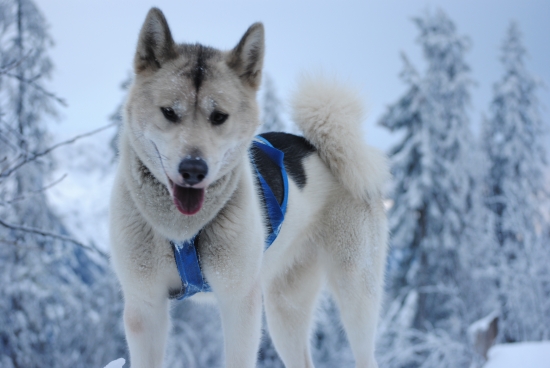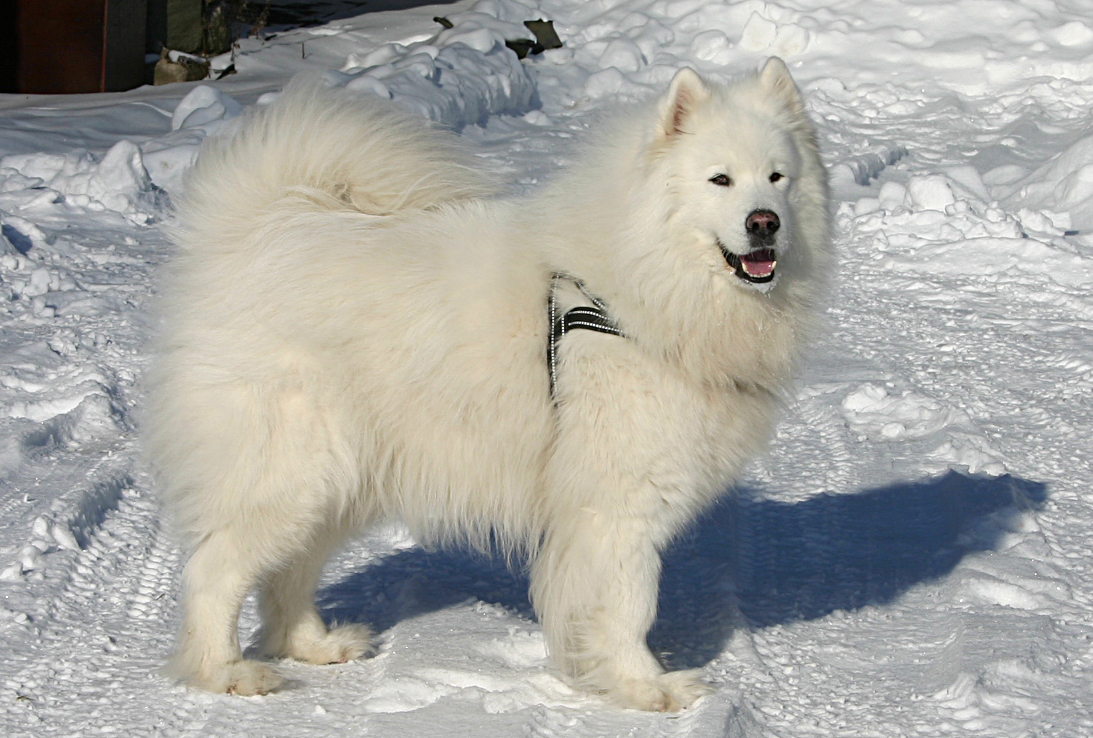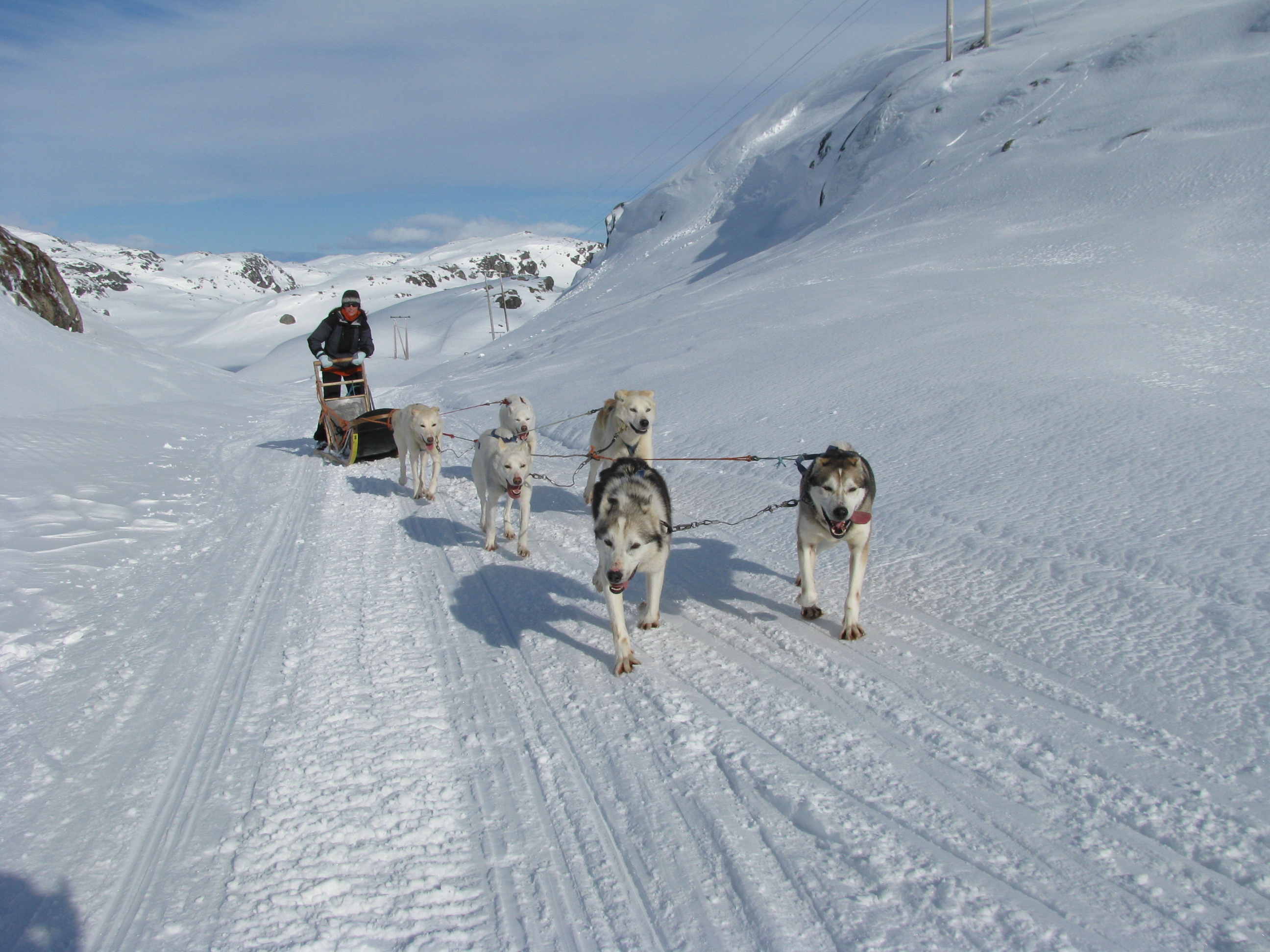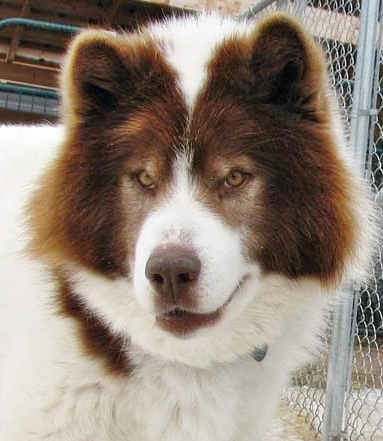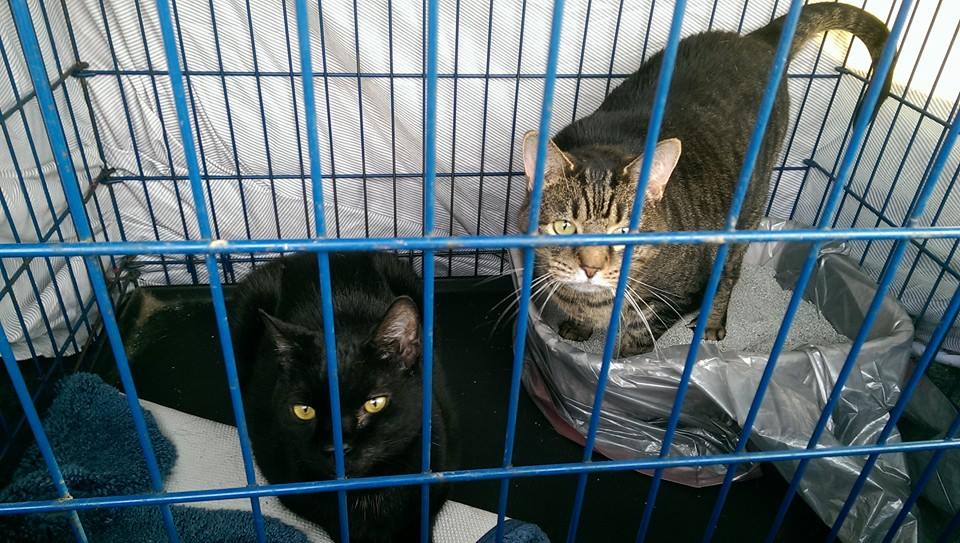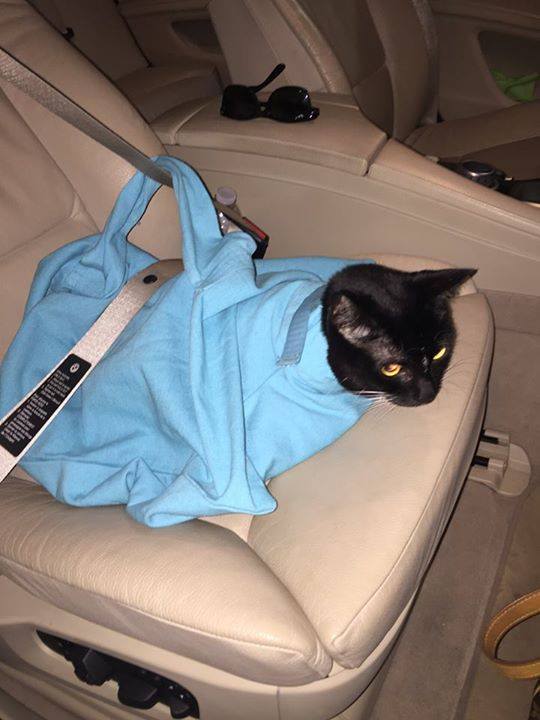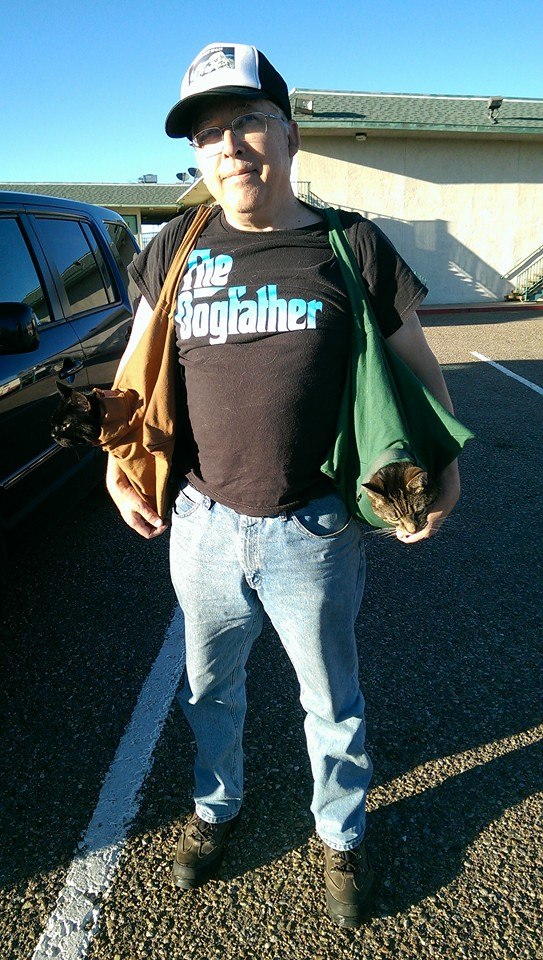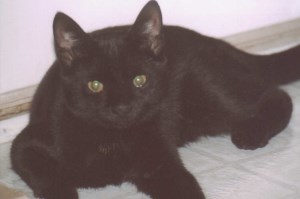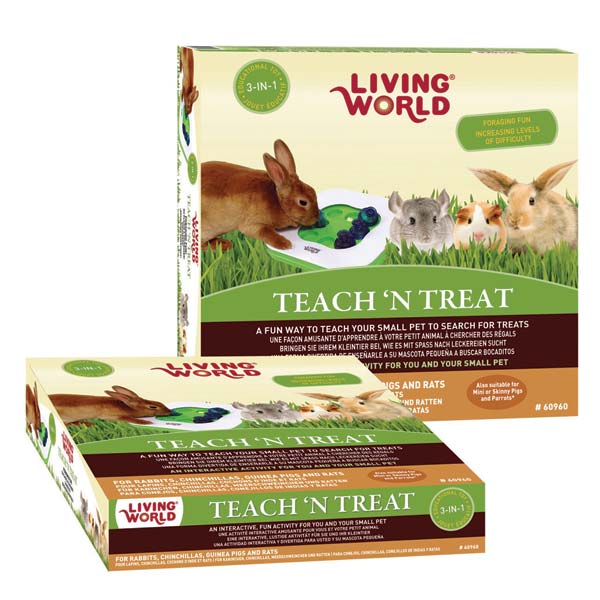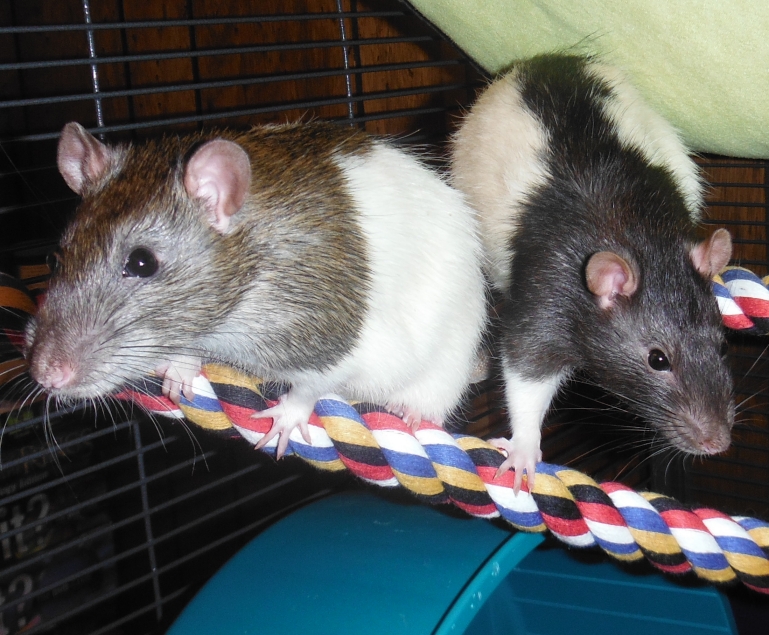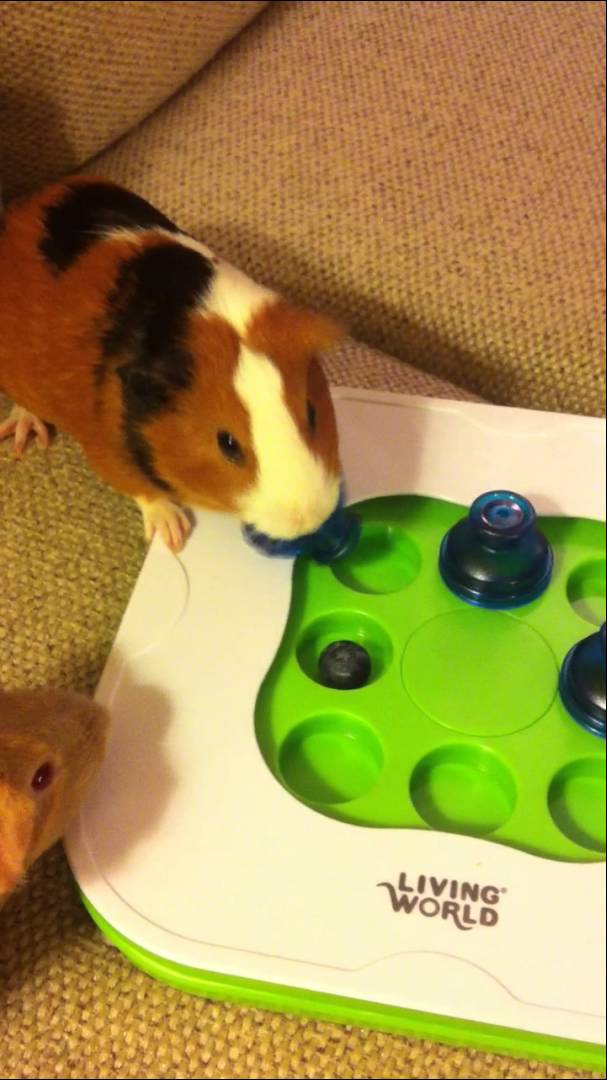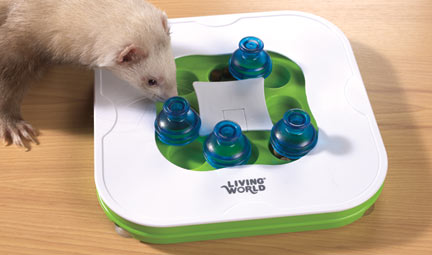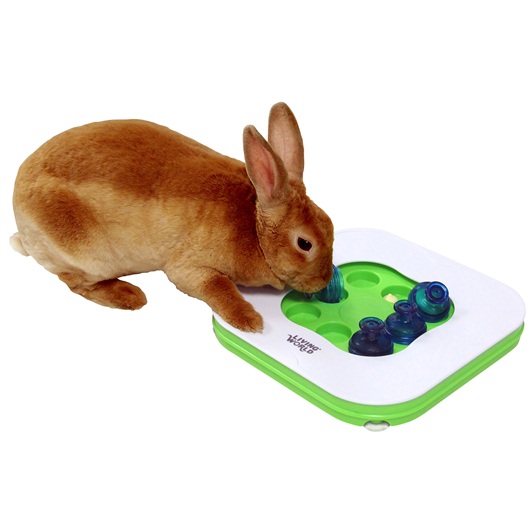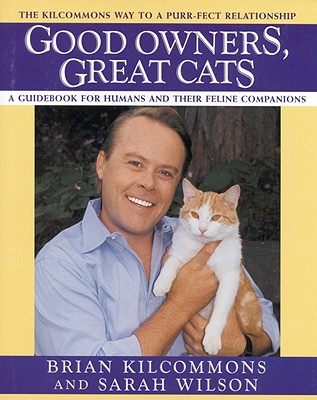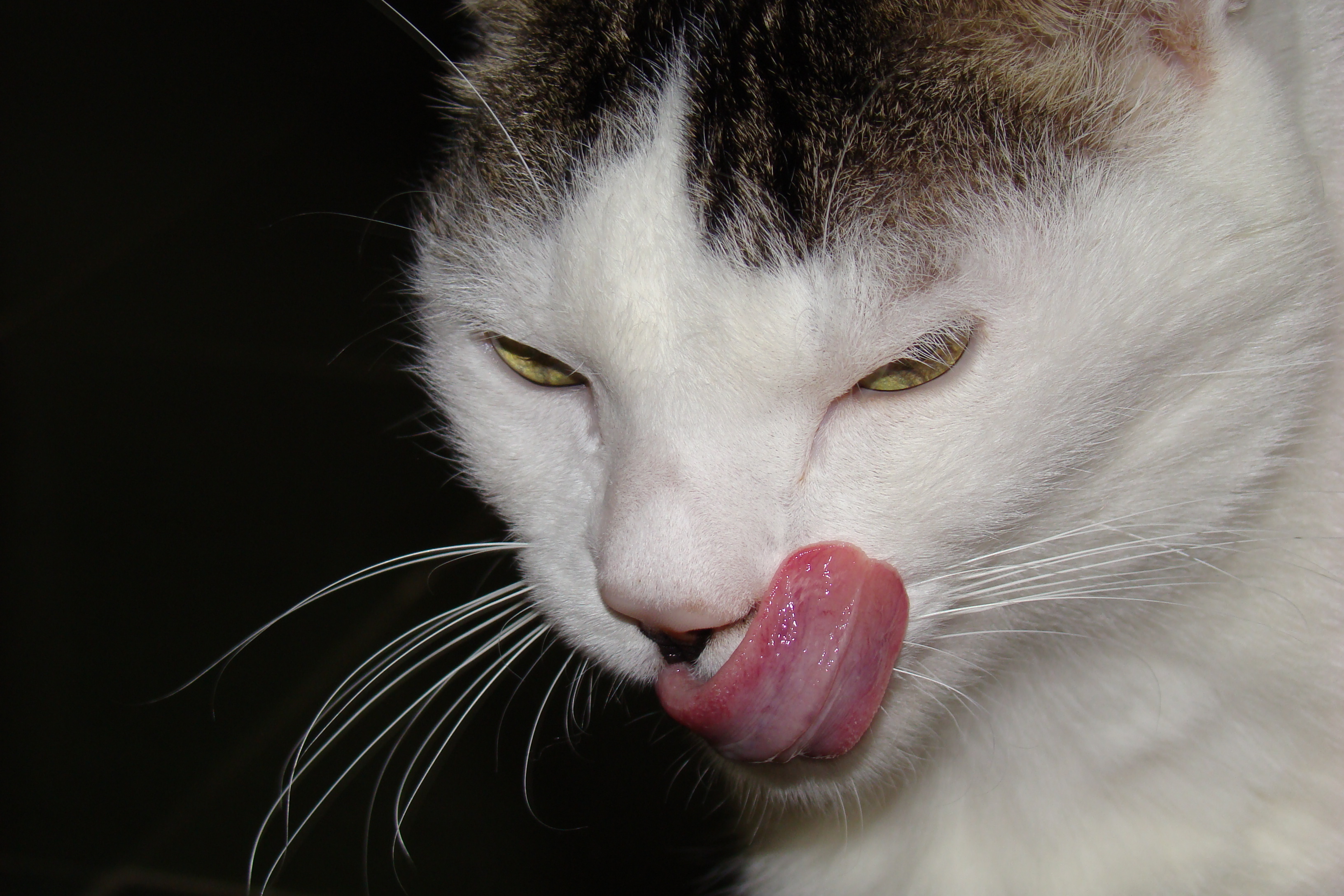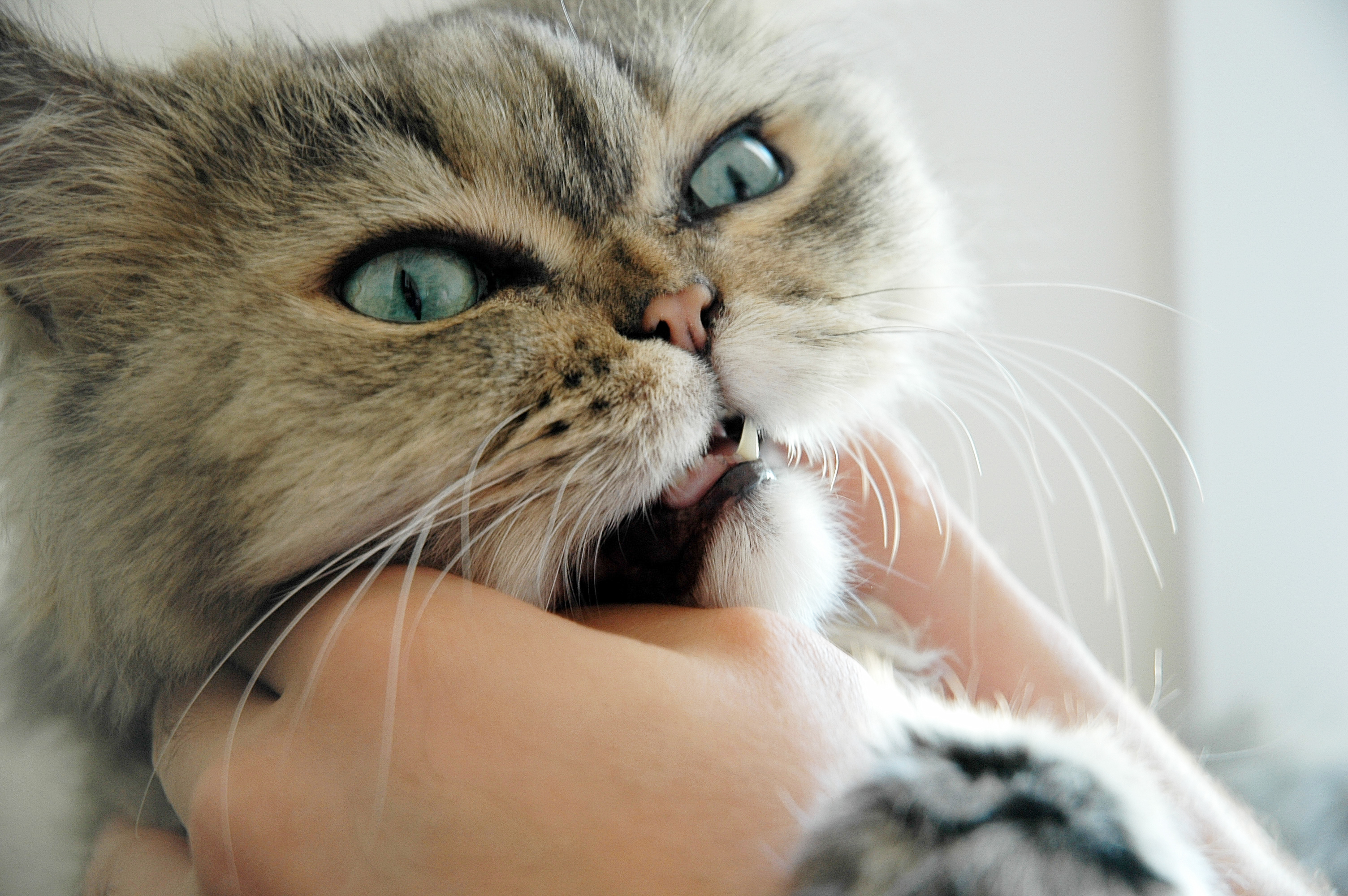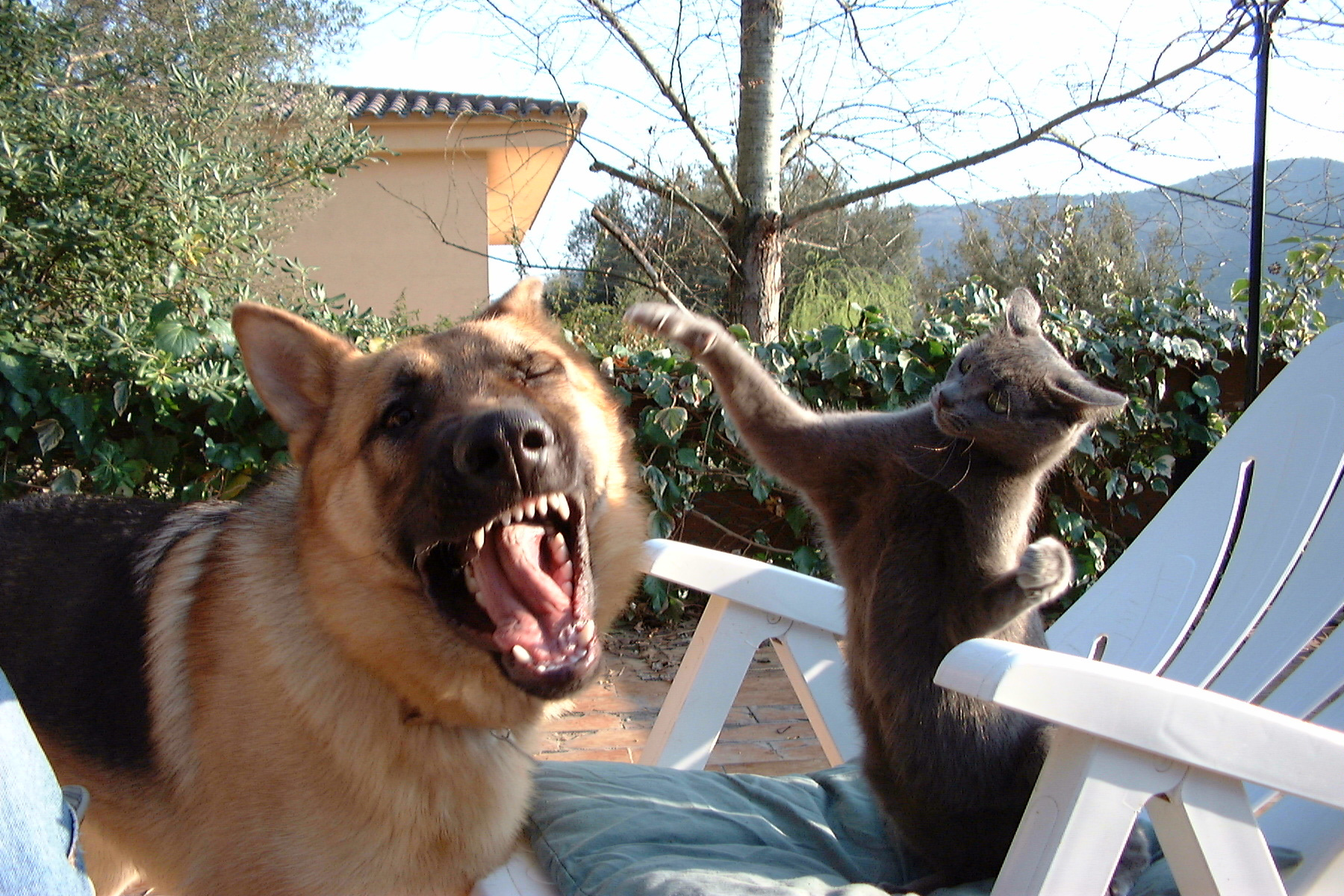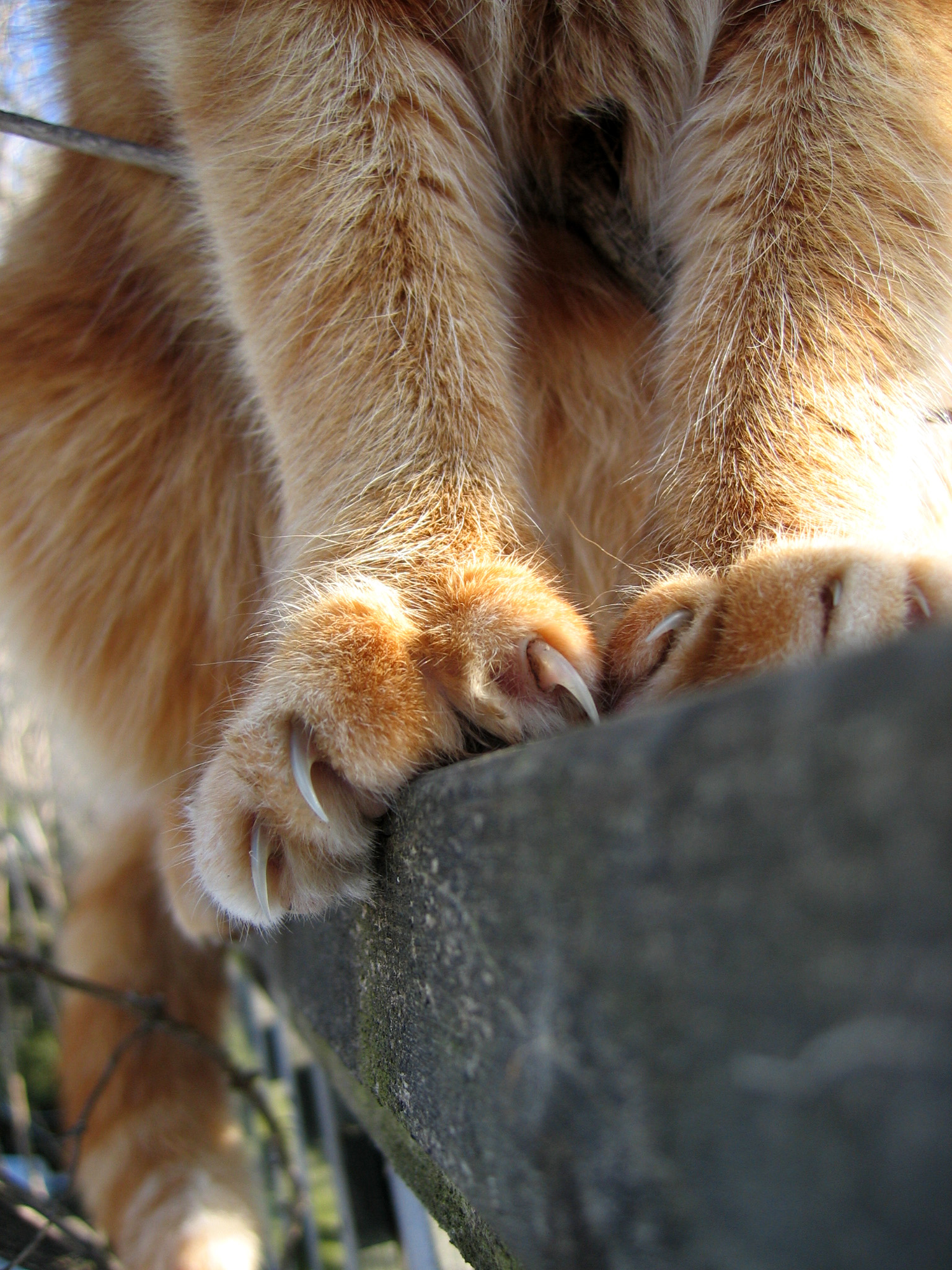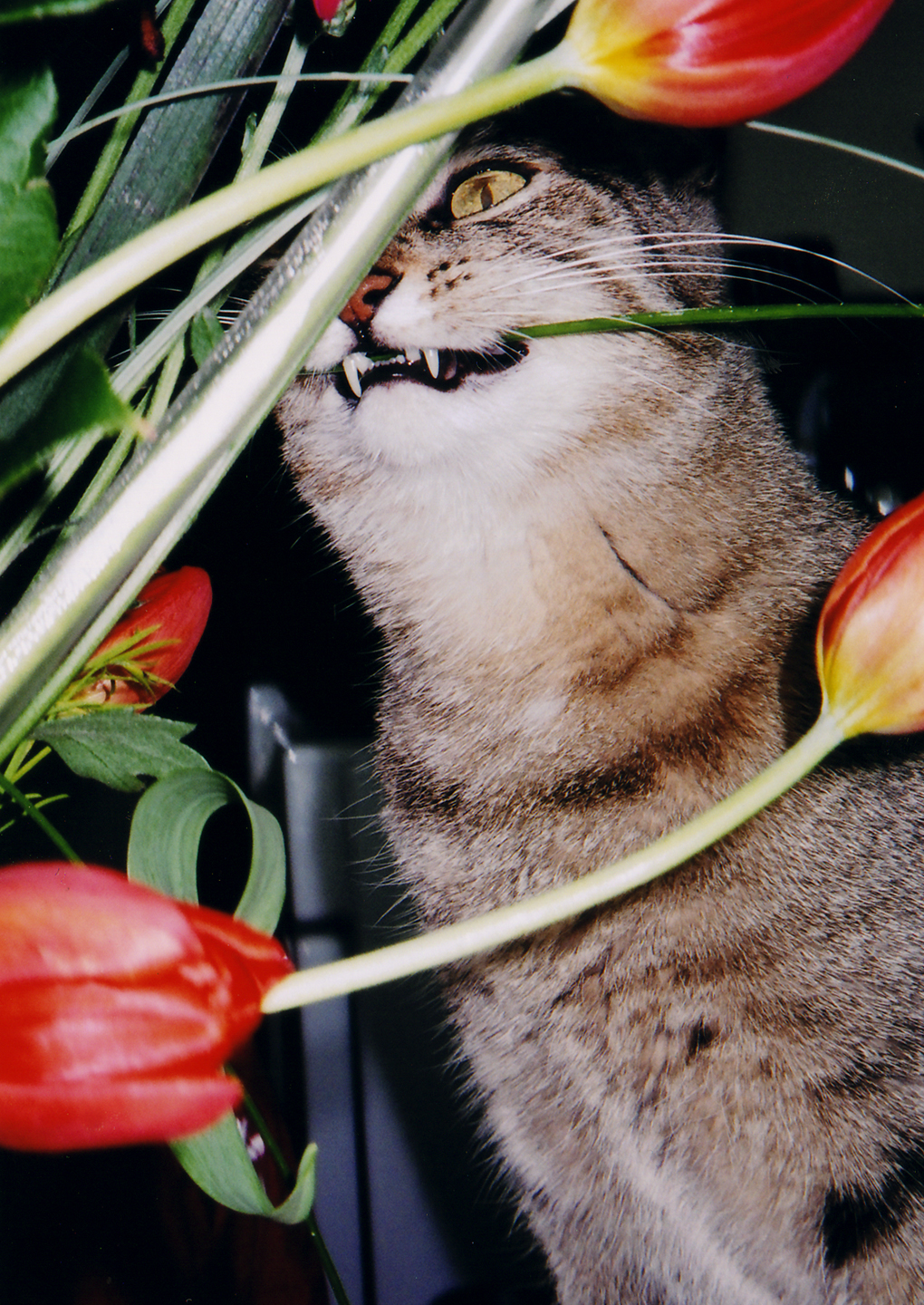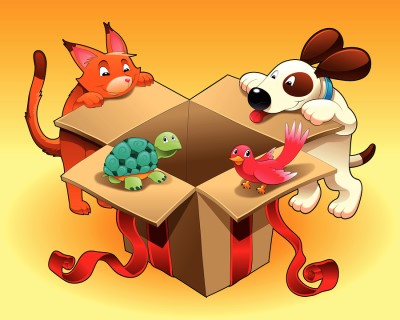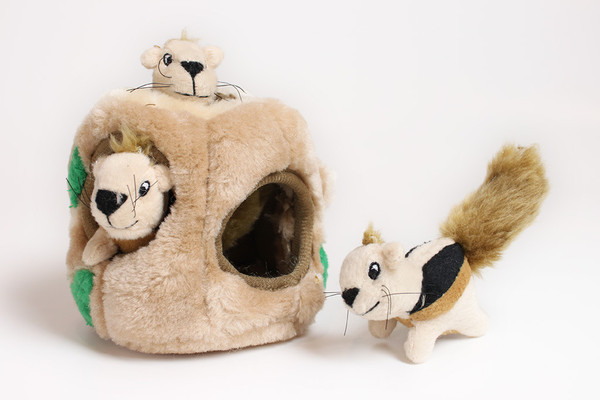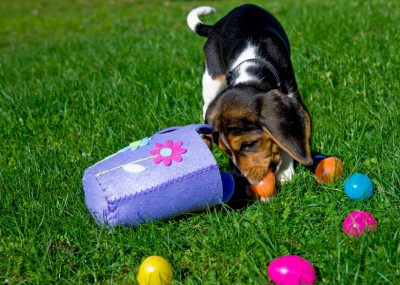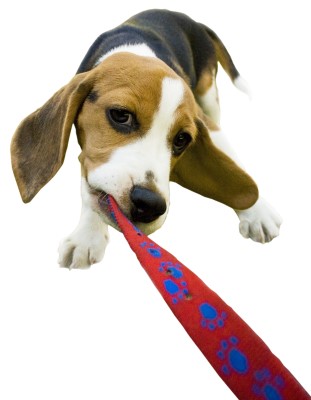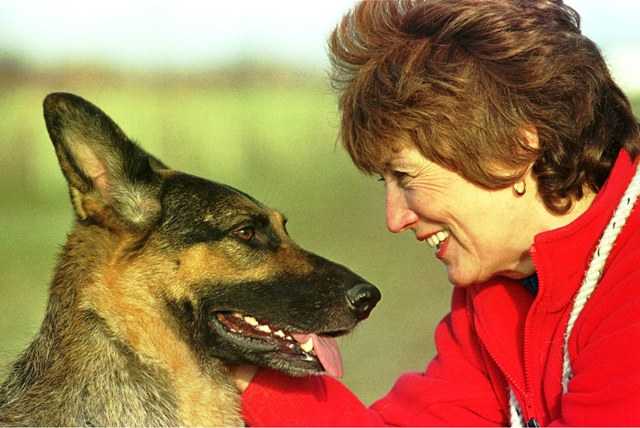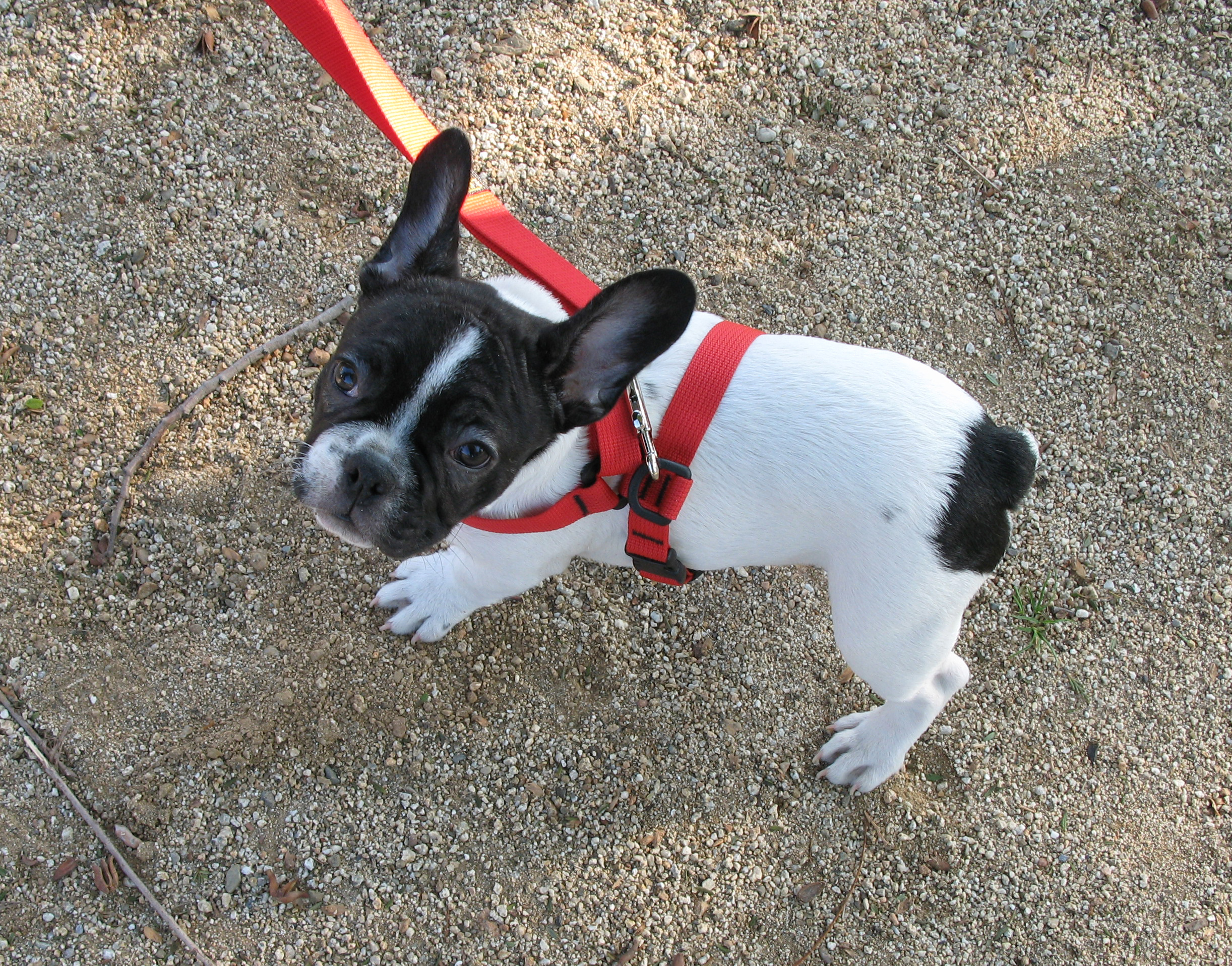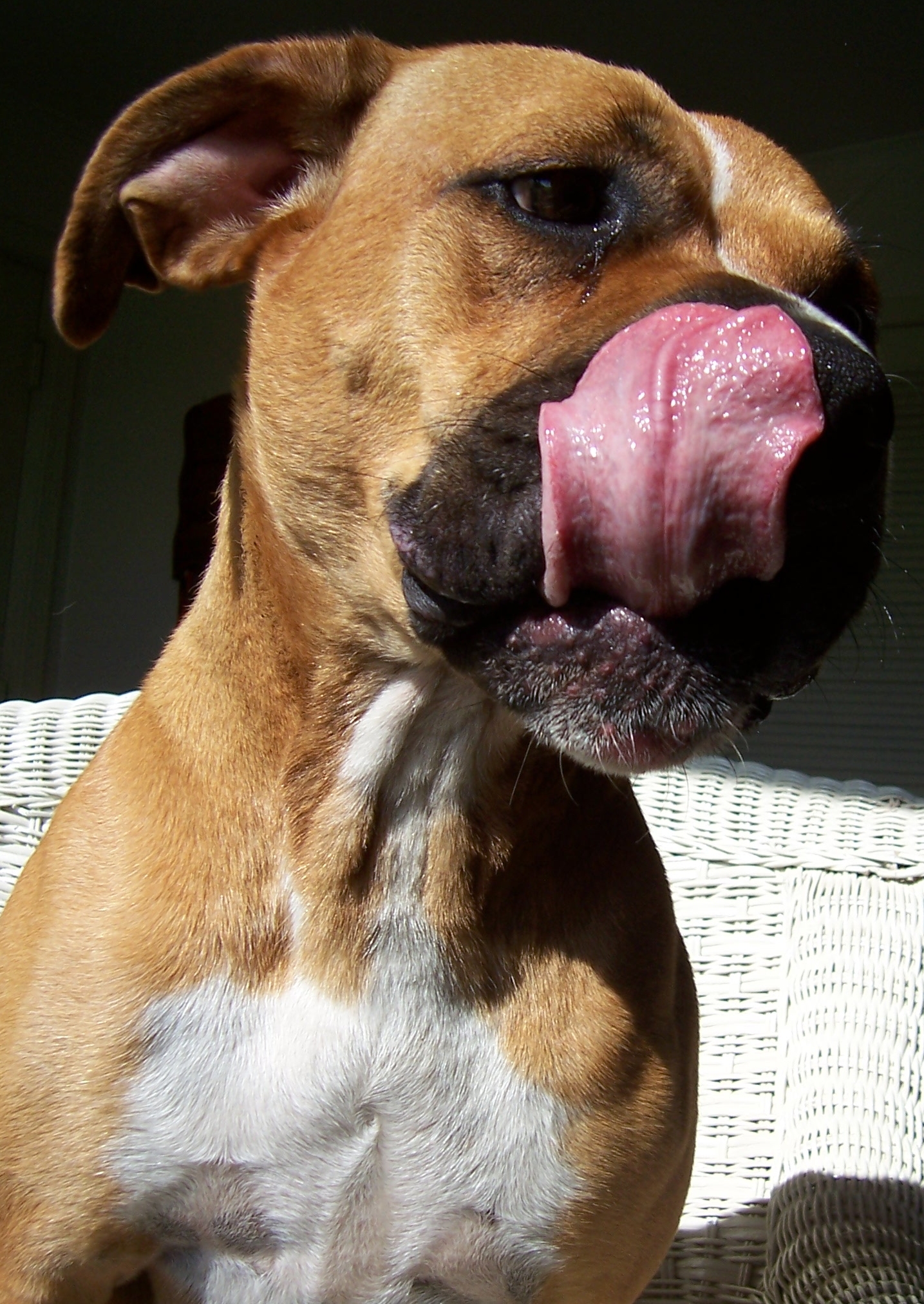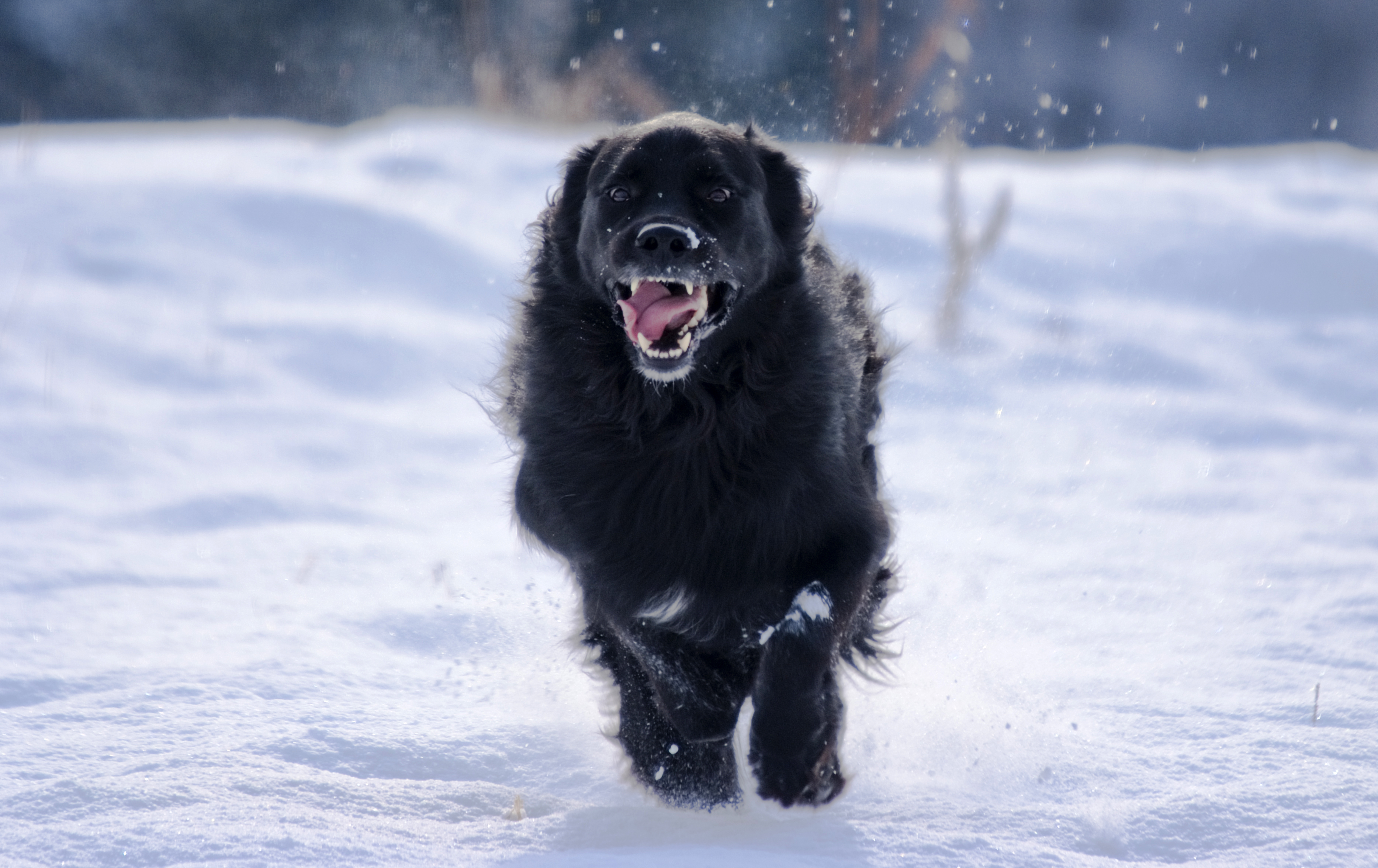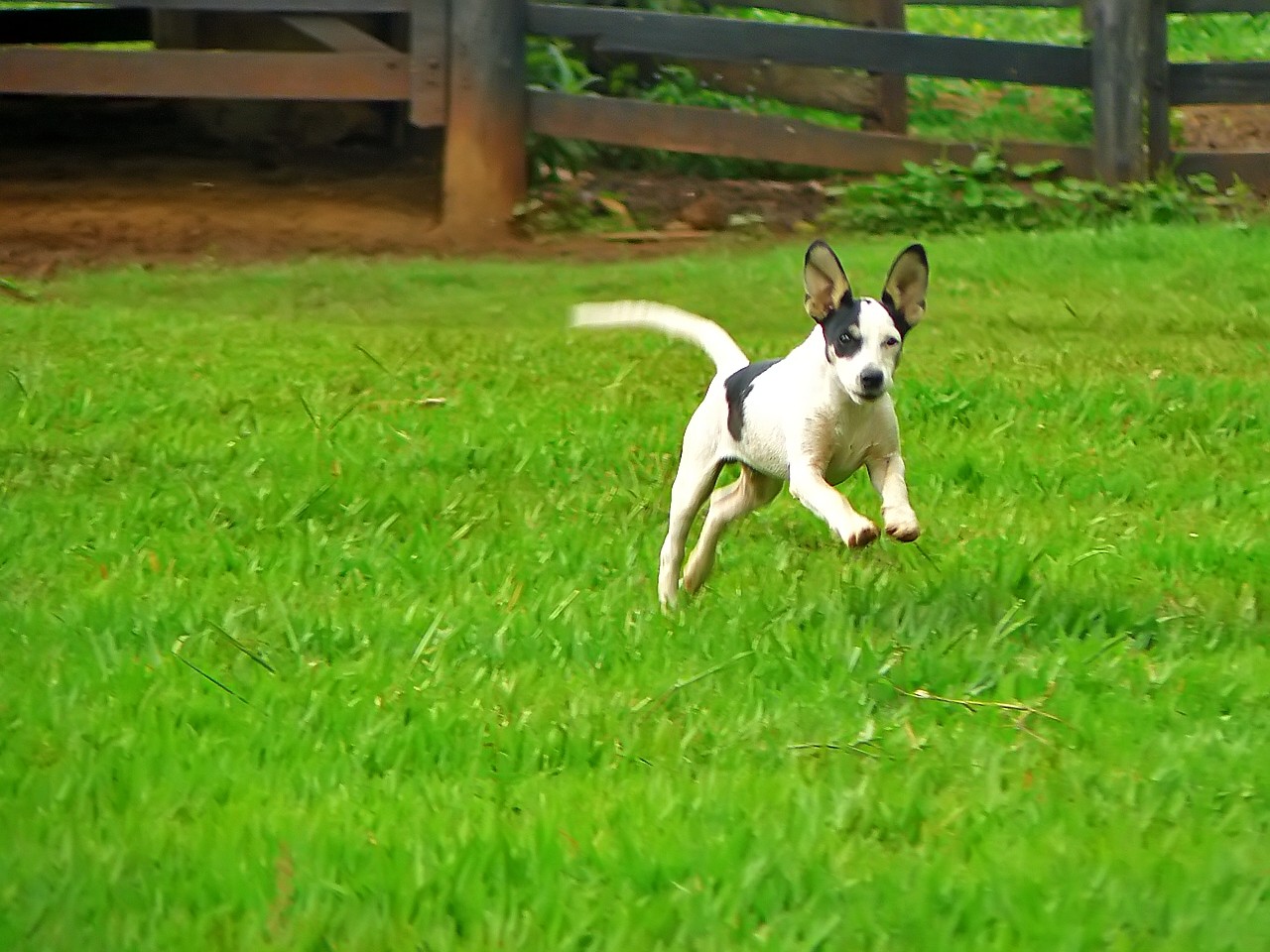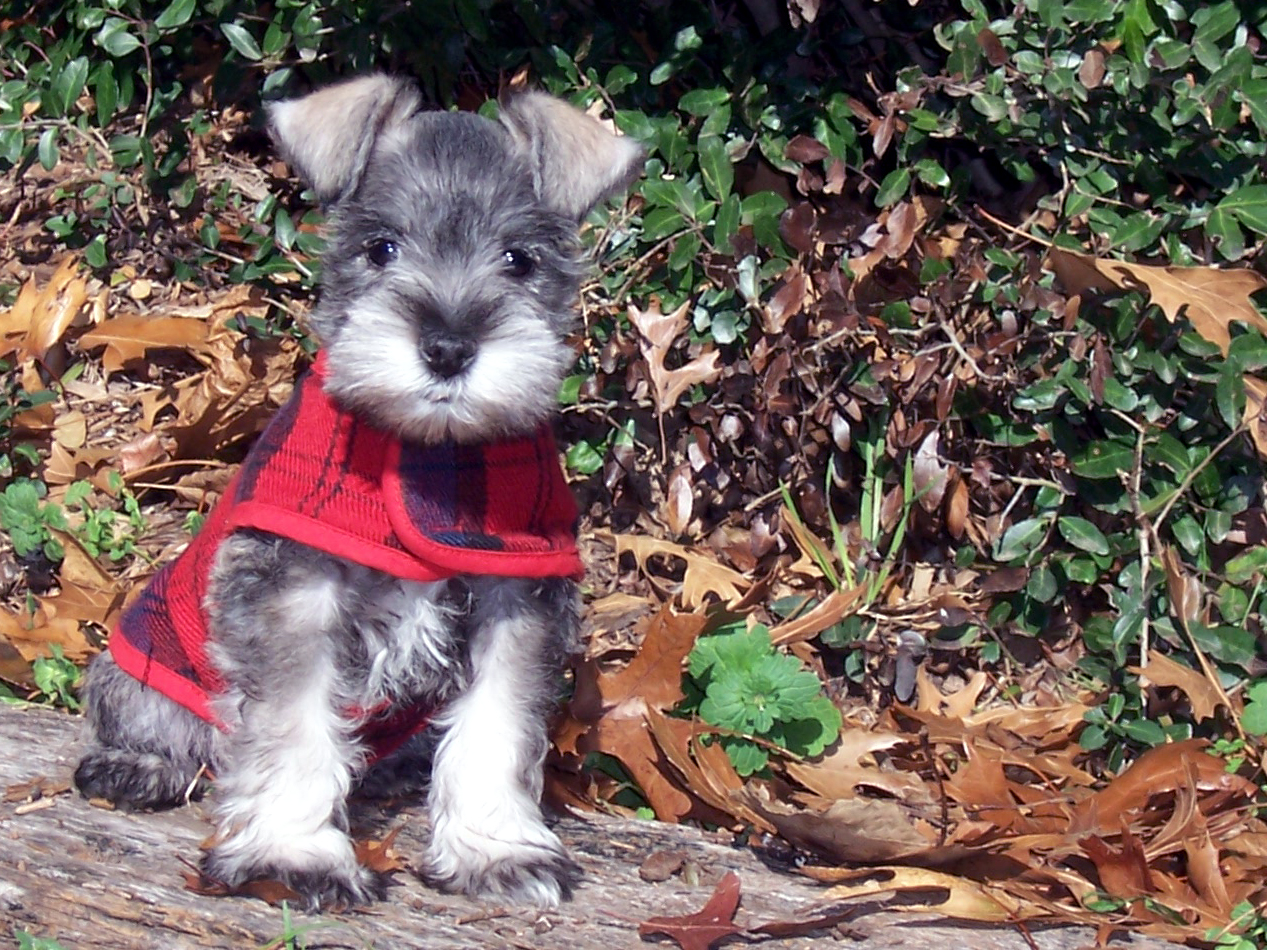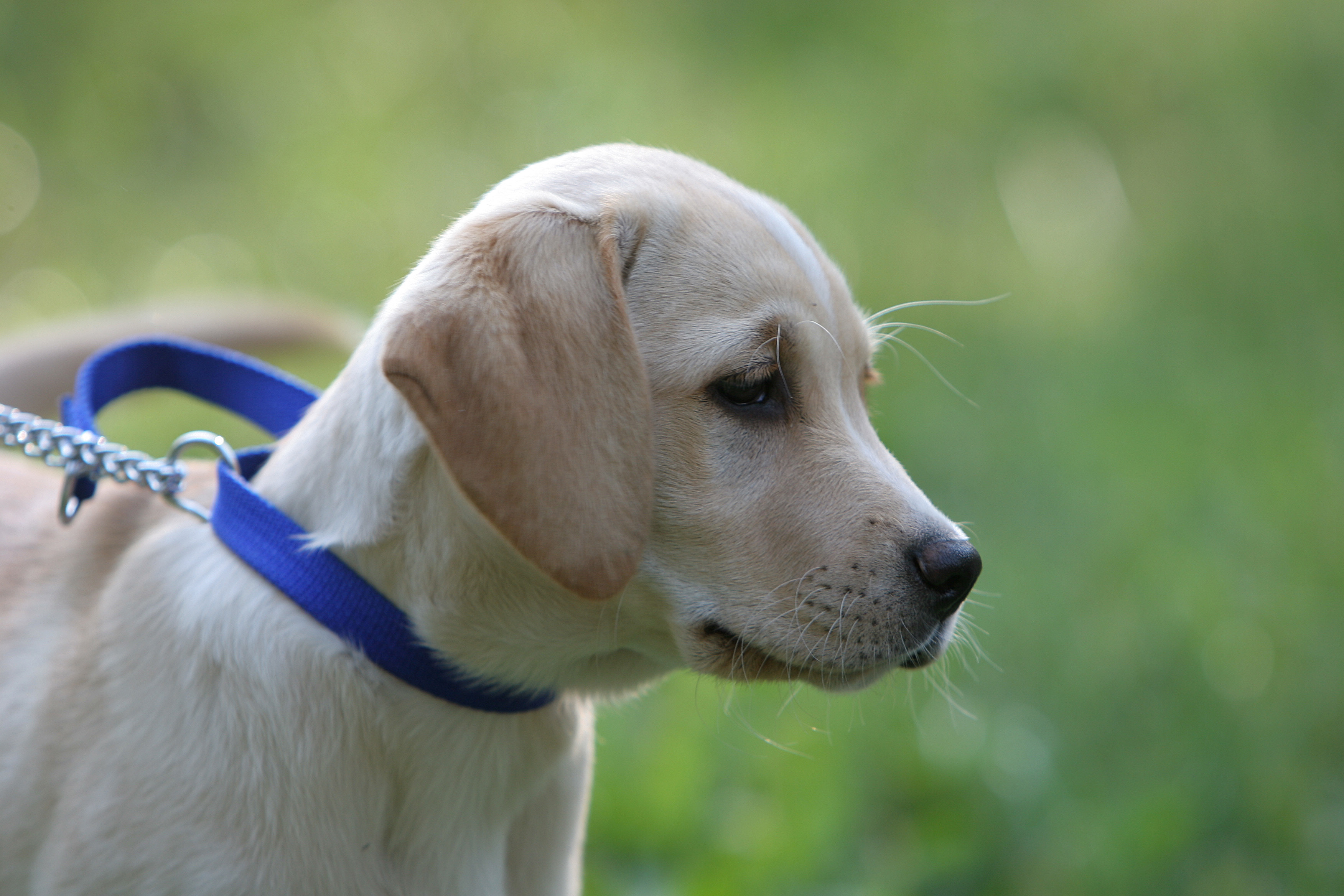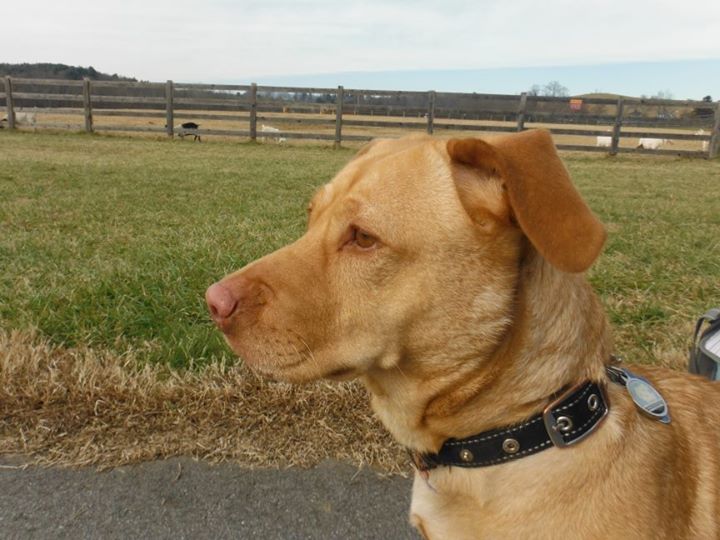Marta Williams has a BS in Resource Conservation from the University of California at Berkeley, and a MS in Biology and Systematic Ecology from San Francisco State University. She spent many years studying wildlife in the field, rehabilitating ill and injured animals, and working as an environmental scientist.
This book, by animal communicator Marta Williams, contains a forward by actress Vanessa Williams. Vanessa describes a harrowing experience in which her dog was stolen by a ring of dog thieves, and she was only able to find him with help from Marta. Marta was in contact with Vanessa’s dog for several days, during which she was able to relay that her pet was well, had been taken by a man and a woman…and eventually his exact location.
Marta Williams now teaches animal communication, and her students have also had amazing experiences: one of which involved someone who was able to communicate with their newly adopted dog, and convince him that continued biting would only mean his eventual death. Another communicated with a lost and injured dog on the way to the vet, and was able to correctly identify his owner when she arrived by his description.
Among other advice on animal communication, Marta also shares insight on talking with wildlife, managing garden pests and working with herbs.
The first step, she says, in learning animal communication is to tune in to your own intuition (those feelings we sometimes ignore about others, and label them unreasonable). And she tells stories: a friend whose Malamute refused to let her walk down a certain section of beach where, in the morning it was discovered a murder had taken place; another who sold her horse to someone she thought she could trust–only to find it had been sold seven times. During the time she was trying to track the horse down, she had dreams of her, which she now believes corresponded to times the horse was being mistreated. Eventually, she was able to buy her horse back.
Animal Communication and Quantum Linguistics
Marta’s science background gives the tone of this book a very practical, down to earth (not spooky or woo woo) kind of feel. And she talks science for a good portion of it, citing terms like “quantum linguistics” and “zero point field”. But that in no way makes the book hard to follow. If anything, quantum linguistics lends credibility to a subject some might fight challenging to accept has any validity.
Marta’s theory is that if we had not been conditioned since childhood to suppress our intuition, that everyone could easily understand animal communication. And she provides exercises in the book that teach you things like how to really talk to your animals as if they understand you–because they do!
As many others have said, not only does Marta say animals have the same emotions we do, but also with the same intensity. So there are also exercises to do with sending feelings and images to animals. In much the same way people-oriented psychics have explained, Marta gives a quick course in clairaudience, clairsentience and clairvoyance in order to communicate with animals. But she also encourages you to reward and even use your logical inner critic to help in the process.
The stories of people communicating with animals in random places are really quite enchanting, and even if you don’t believe in animal communication at all, this book places the very gentlest wedge in the mind about being kinder and more thoughtful of animals. Marta even encourages you to ask your own animals to question YOU.
“The Pack Of Two” was a new concept to me, but basically what it comes down to is that a bond is formed between each individual pet and you–and that this is all our pets really want, is this connection.
Incidentally, horse lovers will appreciate this book, because there are tons of great stories of horse owners having successful communication and solving problems.
She Uses Techniques That Dog Experts Like Cesar Milan Recommend
If you have problems with your pack getting along with each other–or even other human members of your household!–this book is also for you. Marta incorporates many of the techniques that dog experts like Cesar Milan recommend, such as keeping calm and using assertive energy, and even offers advice on using complementary treatments such as herbs and flower essences to calm stressed pets.
Learn How To Introduce Animals To Each Other
There’s a section on how to communicate with animals you’ve just met–such as when you’re adopting a new pet, to see if you’re a good fit for one another. And here you can also learn how to introduce animals to each other.
Instead of advocating the methods some other experts do, such as dominance theory or establishing yourself as pack leader, Marta believes that establishing yourself as an encouraging guide–or coach–to your pet works better after learning to communicate with them intuitively.
Marta gives super advice in this book about how to tell if what your pet is doing or saying to you is better served by a vet or trainer than an animal communicator–what is a training issue and what is a medical one. There’s even a section on interviewing your animal!
Dealing with aggressive animals, animals in distress–even some Hurricane Katrina stories! They’re all here. Dealing with feral animals is discussed as well.
Sometimes, Marta works with animal spirit guides. This can be useful in cases involving physical or emotional trauma to an animal, severe illness, or even assisting with passing into death.
Animal communicators have long been sought to help lost pets get home. So there is an awesome research section in this book, made for the purpose of leaving no stone un-turned.
Helping Your Animal Say Goodbye
Of course no such book would be complete without a section on helping your animal say goodbye at the end of its life with you…but Marta also spends a respectable amount of time discussing the grief that comes afterward, and how to honor the feelings and take care of yourself during this time. She also has come to believe over the years that animals can and do re-incarnate, just as some believe humans do–and it’s possible for them to return to you. She even suggests that you communicate with your animal before death and ask them to return!
According to Marta, you can also talk with household pests such as insects or rodents, and ask them to refrain from coming into your space. You may laugh, but the old peoples of this planet routinely did such things, she explains: and regularly spoke with plants, trees and animals as well.
So–basically, no matter what your question or skepticism is about animal communication, this book has a thoughtful, scientific approach to it. I’d love to hear from anyone else who has read this or any other books by Marta Williams. And if you want to get a copy yourself, the link is here:
Joy Jones, our Editor In Chief, is a syndicated columnist living with her husband Dave in Las Cruces, New Mexico. When not working on Your Pet Space, she writes a metaphysical column, as well as urban fantasy and humor. You can e-mail her at joy@yourpetspace.info as well as follow her on Facebook or Twitter.

